

Introduction
Prior to the commencement of China’s civil war (1927-1949), the number of Christians in the country was relatively small. Christianity was viewed by most people as being part of the imperialist structure that had been controlling their land, and the persecution against Christians was at times severe (see the 1908 Manchurian Revival with missionary Jonathan Goforth).
This post is not an account of a single revival, but an account of two powerfully used men that helped build upon what many others started. Though there were others who were highly influential, these two men, Andrew Gih and John Sung, were instrumental in seeing tens of thousands saved, as well as forming thousands of evangelistic teams and starting Bible schools, orphanages, and more.
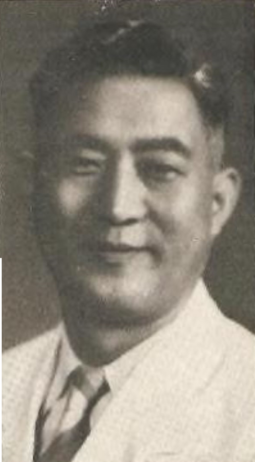
Andrew Gih
Andrew Gih (1901-1985)
Gih’s father was a Confucian scholar and his mother was a Buddhist who practiced Chinese folk religions. In middle school Gih enrolled in a school operated by the China Inland Mission (now Overseas Missionary Fellowship—OMF), with the purpose of learning English. At the school he received teachings about Christianity and in time was baptized as a Christian.
Gih’s Christian teachings led him to have an interest in evangelism, and eventually he joined with the Bethel Mission in Shanghai.
In 1931, Andrew Gih and three others from the mission founded the Bethel Worldwide Evangelistic Band.
Between 1931 and 1935, this evangelistic team visited 133 cities throughout China, conducting evangelistic events. It is estimated that 50,000 people converted to Christ through their efforts.
Andrew Gih in Indonesia
Gih went to Indonesia for the first time in 1951 and began his evangelistic work in the city of Bandung. Following that work, he travelled to Surabaya, and then on to Malang, ministering at different locations along the way, with many hundreds getting saved, as well as significant healings being experienced through his prayers.
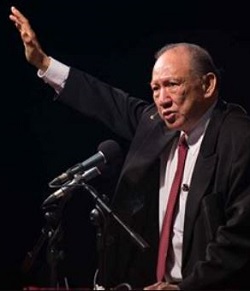
Dr. Stephen Tong
On a return trip to Indonesia in 1957, a 17-year-old Chinese – Indonesian heard Gih preaching during a youth conference at the Southeast Asian Bible Seminary in Malang. On the last day of the conference, which was January 9, 1957, the renowned Pastor Stephen Tong gave his life to Christ.
After the Communist victory in China’s civil war, Gih moved to Hong Kong and started the Evangelize China Fellowship. In Hong Kong, as well as in 7 other Asian countries and in the United States, his organization was responsible for starting 375 churches, many orphanages, primary and secondary schools, Bible Colleges, and 2 seminaries.
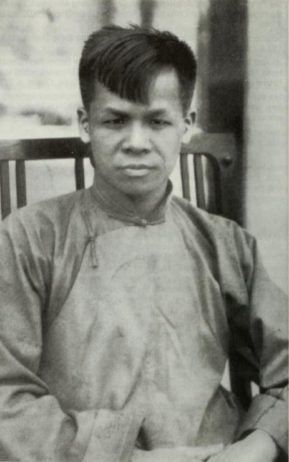
John Sung
John Sung (1901-1944)
John Sung was born in Hinghwa (now Putian), Fujian, China. He grew up as a Christian, with his father being a pastor of a Wesleyan Methodist Church.
1909 Hinghwa Revival
During a Good Friday service at the Wesleyan Methodist church, a revival started (1909 Hinghwa Revival). One of those deeply affected during that revival was Pastor Sung’s nine-year-old son, John. The boy was so overcome with the conviction of his sin that his tears soaked the lapel on his coat.
Sung helped with church duties when his father was either too busy or too ill. At age 13, Sung would at times preach in the services when needed. Because of his early contributions to the ministry of the church, the congregation referred to him as “Little Pastor.”
As time progressed, Dr. John Sung became a powerful evangelist with over 100,000 being converted through his brief 15 years of ministry. Some have titled him:
► “China’s Greatest Evangelist”
► “The Greatest Preacher in the 20th Century”
► “The Wesley of China”
► “The Billy Graham of Asia”
Ministry Development of John Sung
In 1920, Sung was sent to the United States where he enrolled at Ohio Wesleyan and then Ohio State University. Being extremely intelligent, he received his doctorate in chemistry in five years.
Feeling called to ministry, he set aside his many career opportunities and in the fall of 1926 enrolled at the Union Theological Seminary in New York City. This seminary had a negative effect on Sung, as it was very progressive/liberal, with the likes of Harry Emerson Fosdick being one of the lecturers. Fosdick was instrumental in tearing down the faith of thousands by teaching against the literal resurrection of Jesus, as well as many other orthodox beliefs.
While at this seminary, Sung began turning to Taoism, until he heard the preaching of the 15-year-old, Uldine Utley. She had such power in her words that it awakened something in Sung’s soul.
Spiritual Birthday
On February 10, 1927, Sung was baptized in the Holy Spirit while he was praying. Of that time he said,
The Holy Spirit poured onto me, just like water, on top of my head.
The Holy Spirit continuously poured onto me wave after wave.
After this experience of being baptized in the Holy Spirit, Sung began preaching to other students, and he went to his previously favorite teacher, Harry Fosdick and said,
You are of the devil. You made me lose my faith, and you are causing other young men to lose their faith.
Fosdick replied to Sung:
Now, now, Brother Sung, you have been working too hard. You need a rest, so we will find you a place for you to rest.
Subsequently, the liberal seminary had him committed to a mental institution for 193 days. Though not discouraged, he used those days to read through the Bible a number of times, laying the foundation to the revivals he would soon experience.
After gaining his release from the hospital, in November of 1927, he returned to China and preached in the southern Fujian Province for three years.
Preached Sin and Repentance
Everywhere Sung went, he proclaimed the centrality of the cross, rebuked sin fearlessly, and called for repentance without hesitation, regardless of who was in attendance. There were numerous accounts of when John Sung’s prophetic gift provided him the spiritual insight to know and rebuke secret sins that certain individuals were attempting to hide.
For this type of preaching, and the calling out of people’s sinfulness, many, including pastors and missionaries, disliked him intensely.
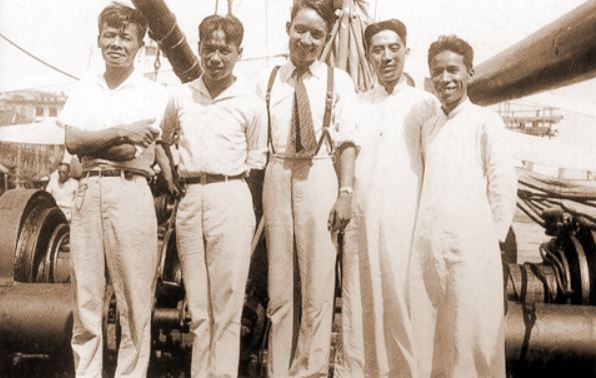
Bethel Worldwide Evangelistic Band, with John Sung on the left, Andrew Gih the second from right
John Sung Joins with Andrew Gih
In 1931 Sung joined with Andrew Gih to be part of the Bethel Worldwide Evangelistic Band.
By 1936, it was believed more than 100,000 Chinese were converted through his ministry. Like Gih, Sung’s ministry spread beyond China and among the Chinese populations located in major cities throughout Southeast Asia.
Miraculous Healings
Not only were tens of thousands converted through Sung’s ministry, but there were also the blind that were receiving their sight, the lame began to walk, the mute had their speech restored, as well as healings of many other kinds of sickness.
Though Sung was used by God to bring healing to thousands, he himself suffered terribly from intestinal tuberculosis. His preaching and traveling were very painful, but he continued despite the hardship.
Though Sung passed away at the age of 42 from the disease, he was considered the most influential Chinese evangelist during the 1930s, with his influence being felt throughout Southeast Asia.
John Sung’s Ministry in Other Asian Countries
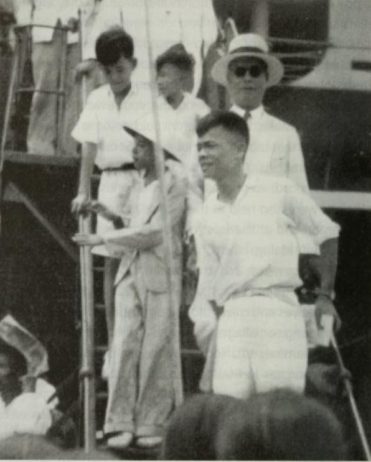
John Sung in Singapore
Singapore Ministry
In August and September 1935, Sung ministered in the city of Singapore, which has a dense Chinese population. In 14 days he preached 40 times and won around 1,300 to Christ. From that 1,300, he formed 500 evangelistic teams to carry on the work.
Throughout this time, when not traveling to other Asian cities, Sung, like Andrew Gih and other evangelists, was traveling throughout the provinces of China preaching the Gospel.
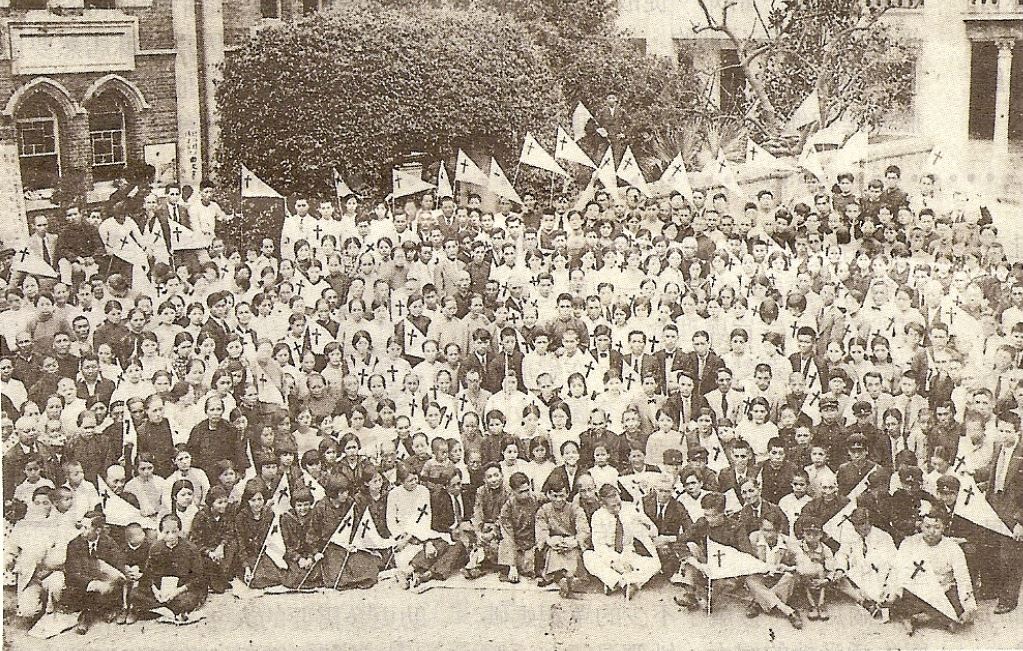
700 Singaporeans giving John Sung a send-off at the wharf after his ministry concluded
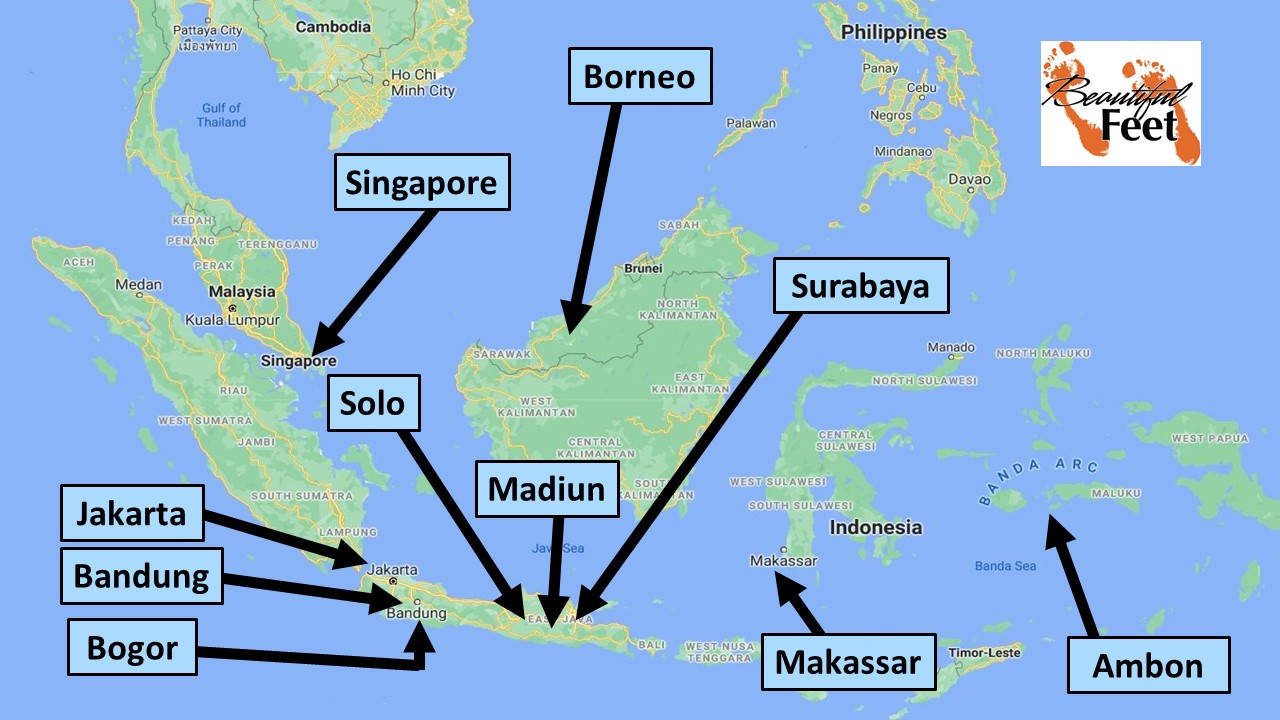
Locations in Singapore and Indonesia where John Sung ministered
John Sung’s Ministry in other Cities and Islands of Indonesia
In September 1936 Sung ministered in British Borneo, winning 1,583 converts to Christ. From those converts he formed 88 evangelistic teams to spread out and minister throughout the island.
Among the large Chinese populations in a number of Indonesian cities, Sung also was met with great success. A few of the cities he ministered in were Jakarta, Madiun, Bandung, Bogor, Surabaya, and Solo.
In January 1939, Sung ministered in Surabaya, with meeting locations packed out and stores closing their doors so the owners could attend the services.
A Dutch missionary in Jakarta, Dr. van Doorn, said that “It is like the revival in Wales.” (1904-1905 Welsh Revival).
In August of 1939 Sung was back in Indonesia, and while ministering in the city of Bogor, the tent which seated 2,000 was packed, and around 900 made a profession of their faith in Christ.
The following month, September 1939, while ministering in Surabaya again, a 4,000-seat bamboo tabernacle was constructed, and it was packed out. Many hundreds were converted, as well as many evangelistic teams formed to continue spreading the Gospel through the region.
While ministering on the islands of Makassar and Ambon, Sung prophesied of “a coming time of great distress,” which occurred in the mid-1960s.
China Today
According to Operation World, China’s Christian population today is around 105 million.
Sources
► Andrew Gih by Wikipedia
► A Biography of John Sung by Leslie T. Lyall
► Early Twentieth Century Revivals: Worldwide Revivals by Geoff Waugh
► Evangelical Awakenings in the South Seas by J. Edwin Orr
► I Remember John Sung by William E. Schubert
► John Sung by Leslie T. Lyall
► John Sung by Wikipedia
► John Sung My Teacher by Timothy Tow
► Revival in Indonesia Part 1 by Kurt Koch
► Revival in Indonesia Part 2 by Kurt Koch
► Twice Born—and Then? by Andrew Gih
Return to List of Revival Stories
Chet & Phyllis Swearingen:
Office: (260) 920-8248
romans1015@outlook.com
Beautiful Feet
P.O. Box 915
Auburn, IN 46706

